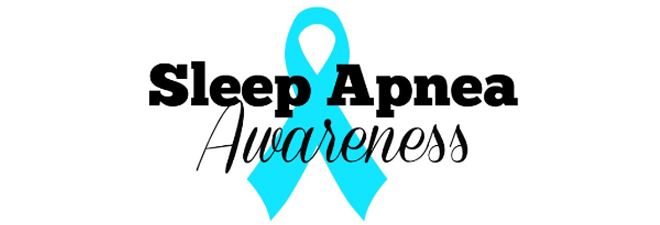Sleep apnea stands as a prevalent yet frequently undiagnosed sleep disorder marked by breathing interruptions during sleep. Apart from impacting sleep quality, it presents significant health hazards when left unaddressed. While Continuous Positive Airway Pressure (CPAP) therapy serves as a commonly prescribed treatment for sleep apnea, numerous patients remain unaware of its advantages or the correct usage of CPAP machines. This article aims to raise awareness about sleep apnea, emphasize the importance of CPAP therapy, and empower patients through education on its proper utilization.
Understanding Sleep Apnea
Sleep apnea is a disorder indicated by recurring pauses in breathing throughout sleep. It is typically divided into two primary types: obstructive sleep apnea (OSA) and central sleep apnea (CSA). OSA arises when the muscles in the throat relax, obstructing the airway, while CSA occurs when the brain neglects to transmit signals to the breathing muscles. Both types can disrupt sleep patterns and cause oxygen deprivation, leading to symptoms like daytime fatigue, mood swings, and heightened risk of cardiovascular issues.
Recognizing the Symptoms
Indications of sleep apnea may encompass loud snoring, sudden gasping for air while asleep, morning headaches, irritability, and challenges with concentration. However, many individuals with sleep apnea are unaware of their condition because symptoms often occur during sleep. Therefore, it is essential to recognize these signs and seek medical evaluation if sleep apnea is suspected.
The Importance of CPAP Therapy
CPAP therapy stands as the primary treatment for moderate to severe sleep apnea. This method functions by supplying a steady stream of air through a mask that is worn over the nose or both the nose and mouth, effectively averting the collapse of the airway during sleep. By maintaining an open airway, CPAP therapy effectively reduces apnea episodes, improves sleep quality, and alleviates daytime symptoms.
Overcoming Barriers to CPAP Adherence
Despite its effectiveness, some patients encounter challenges with CPAP therapy adherence. Common barriers include discomfort from the mask, nasal congestion, dry mouth, and claustrophobia. Additionally, inadequate education on CPAP usage and troubleshooting may contribute to non-compliance. Addressing these barriers requires personalized support, proper mask fitting, humidification adjustments, and ongoing patient education.
Empowering Patients Through Education
Education is crucial in empowering patients to effectively adopt CPAP therapy. Healthcare providers should educate patients on the advantages of treatment, correct equipment usage, mask hygiene practices, troubleshooting strategies, and safe places to buy the equipment, such as cpapsuperstore.ca. Patient support groups and online forums can also provide valuable peer support and practical tips for managing CPAP therapy.
Tips for Successful CPAP Therapy
- Commit to Consistent Use: Use CPAP every night, even during naps, to reap maximum benefits.
- Maintain Good Mask Fit: Ensure the mask fits comfortably and securely to prevent air leaks.
- Practice Good Hygiene: Regularly clean the mask, tubing, and humidifier to prevent bacterial growth and maintain air quality.
- Seek Support: Don’t hesitate to reach out to healthcare providers or support groups for assistance with any challenges encountered during CPAP therapy.
Conclusion
Sleep apnea is a serious condition that requires attention and appropriate treatment. CPAP therapy offers an effective solution for managing sleep apnea and improving overall quality of life. By raising awareness and providing comprehensive education on CPAP usage, patients can take control of their health and experience the full benefits of therapy. Empowered with knowledge and support, individuals with sleep apnea can embark on a journey towards better sleep and better health.
















